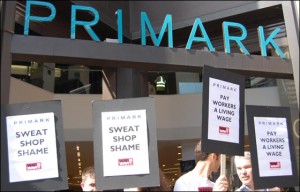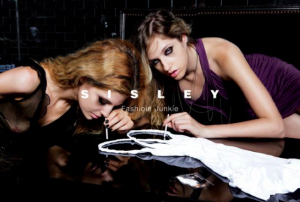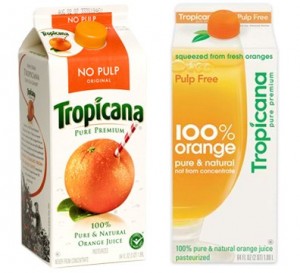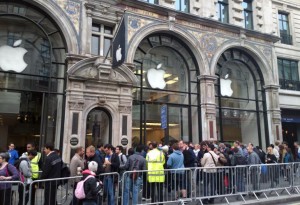The introduction, maintenance and determination of renewable resources are more important today than ever before. Non-renewable resources are slowly coming to an end, as the finite resources are being exploited to their fullest capacity.
Australia: A country with glaring sun almost all year round, large areas of unused land and also coastal, leading to high amounts of wind and water, is one of the only countries in the world where renewable resource use is decreasing.
“Investment into renewable energy projects in Australia has dropped by 70% in the last year, according to a new report by a climate change body.” (BBC, 2014)
Most economically developed countries have been accelerating in recent years with the implementation and building of infrastructure for the use of renewable resources, showing promising results in the slow down of global warming. In my opinion it is extremely questionable why Australian leaders would not invest in the increase in production of solar energy, wind power and hydroelectric energy, seeing as they are more than capable due to the extent of the aforementioned geographical characteristics of the country.
Australia is lagging behind. The reason for this according to Prime Minister Tony Abbott is that the installation of the infrastructure needed for renewable resources is expensive. In the short run, this may be true; the installation of wind turbines, hydroelectric dams and solar panels is expensive, however in the long run it is the most efficient and cheapest way to sustain energy throughout the country. I believe that the government should subsidise homeowners for installing solar panels on their houses and also firms for instigating renewable resources into their factories.
Hopefully in the future Australia will sort itself out and make use of the benefits that the geographical conditions of the land brings and do their part in sustaining the environment and their economy in the long run. Step up your game, Australia!
“Australia ‘giving Up’ on Renewables.” BBC News. BBC, 9 Nov. 2014. Web. 10 Nov. 2014. <http://www.bbc.com/news/world-australia-29982908>.
“Australian Renewable Energy Agency.” Home. ARENA, n.d. Web. 10 Nov. 2014. <http://arena.gov.au/>.









